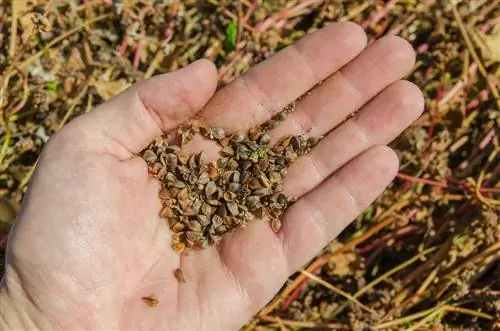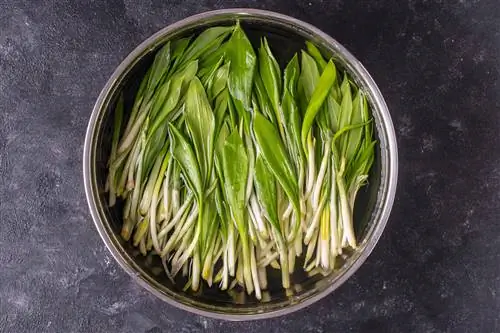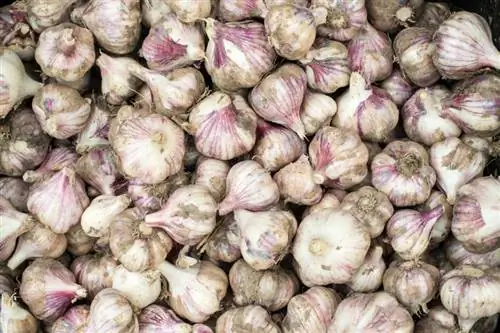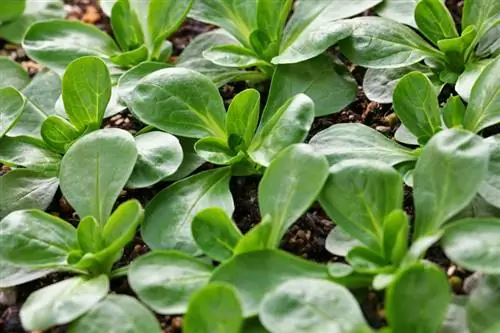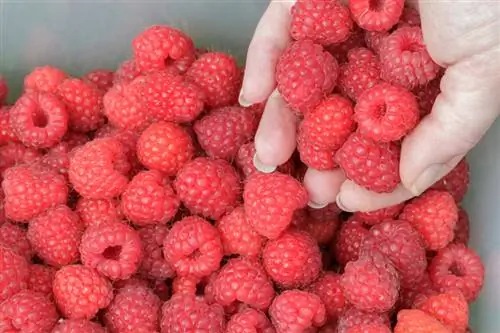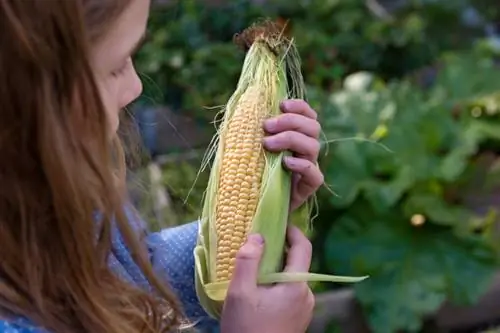- Author admin [email protected].
- Public 2023-12-16 16:46.
- Last modified 2025-01-23 11:21.
After a short growth phase and a longer flowering period, the buckwheat is already ready to harvest. However, there are several points to consider when it comes to harvesting. In this guide you will find out exactly what is important when harvesting buckwheat.
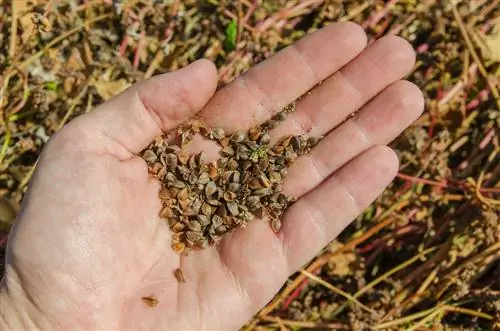
When and how to harvest buckwheat?
Buckwheat is ready to harvest when around three quarters of the grains are yellow-brown and hard, usually between the end of August and mid-September. Harvest the nuts carefully using a combine harvester and dry them immediately to avoid spoilage.
General information about the buckwheat harvest
As simple as growing buckwheat and caring for the knotweed plant are, harvesting the small fruits, which are called nuts, is just as complicated.
The ripening of buckwheat is uneven - this means that the grains do not all ripen at the same time. It goes without saying that these conditions make harvesting much more difficult. We advise you to wait until about three quarters of the grains are ripe before harvesting.
Note: Ripe grains appear yellow-brown and hard.
Rule of thumb: If you sow buckwheat in mid-May, you can usually harvest the nuts from the end of August to mid-September.
It is also important to note that the fruits are loose, which is why there are often high harvest losses. Early frosts also have an extremely negative effect. The average grain yield is 500 to 1,500 kilograms per hectare.
Basically, the amount of the harvest depends on
- the weather conditions,
- of the variety and
- pest/disease infestation.
Practical tips for harvesting buckwheat nuts
If you harvest the nuts with a combine harvester, you have to thresh more gently than with grain. For this purpose, place the grain or corn threshing basket wide. The optimal speed of the blower and threshing drum is around 600 rpm (revolutions per minute).
Option: As soon as the first grains begin to fall out (mid-July), you can also put the buckwheat on a swath. Then thresh the grains after they have sat for a week.
After harvesting, you must immediately dry and clean the crop to preserve it.
Attention: High harvest moisture (over 25 percent) can quickly lead to complete spoilage of the nuts. Dry the crop to around 14 percent.
- for seed production at 40 degrees Celsius
- for consumer goods at 50 degrees Celsius
After drying, the buckwheat needs to be peeled, for example in a professional mill. The grinding of the gluten-free pseudo-grain is also carried out by a corresponding facility. However, this task can also be easily accomplished with a standard household grain mill.

